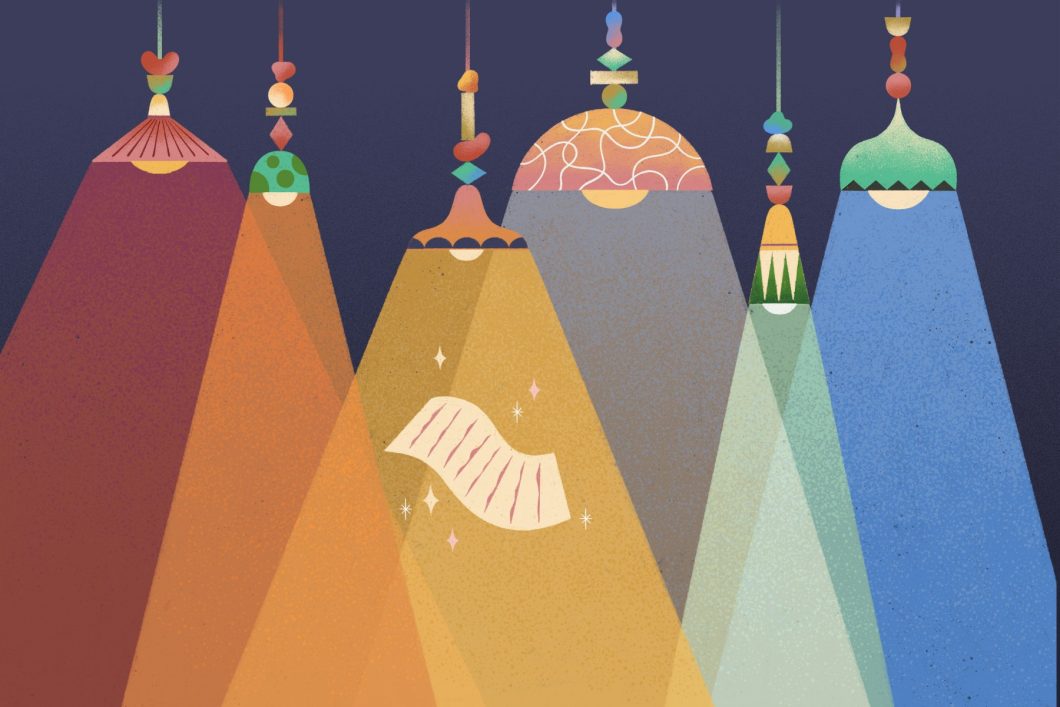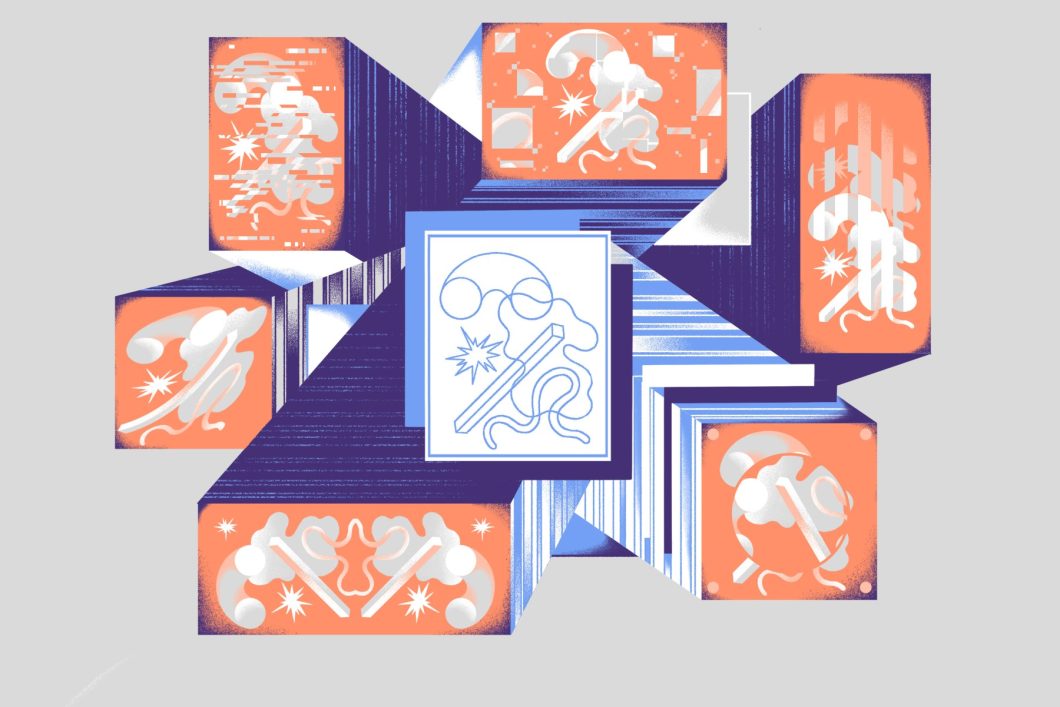Wherever you are in your career—novice, developing, or established—The Open Notebook’s Science Journalism Master Classes will help you sharpen your ability to find and vet story ideas, craft effective pitches, report and write impactful stories, spot scientific hype, collaborate with editors, and more. To create our Master Classes series, we’ve teamed up with Emily Laber-Warren, who heads the Health and Science Reporting program at the Craig Newmark Graduate School of Journalism at the City University of New York. Emily’s lessons draw not only on her classroom experience but on insights from the many science journalists who have shared their work processes with The Open Notebook over the years through hundreds of articles on craft, writer interviews, annotations of notable stories, and our Ask TON advice column.
Our Science Journalism Master Classes are free, thanks to a generous grant from The Kavli Foundation.
Here’s How It Works
- Each course drills into one skill or habit, presented in a series of five to eight lessons, delivered by email. You can sign up for our courses at any time and get started immediately—there’s no set start date.
- You are welcome to take any or all courses, in any order. We recommend taking only one at a time.
- You can choose to have lessons delivered either daily (weekdays only, starting the next day) or weekly (starting the same day). You’ll receive a welcome email immediately. (If after signing up for a course you don’t see a welcome email within a few minutes, check your spam/junk/trash folder and, if you use Gmail, your promotions tab. If that doesn’t work, please email Siri Carpenter at siricarpenter@theopennotebook.com and we’ll get you set up.)
- Each lesson includes a (brief) self-directed homework assignment. Most assignments should take less than an hour to complete.
- At the end of each course, you’ll come away with greater mastery of your craft.
- After you’ve completed each course, you’ll have the option to download a “Course Essentials” worksheet and to request a certificate of completion. You’ll also have the opportunity to sign up for periodic virtual discussions with Emily Laber-Warren (we’ll notify course registrants about upcoming opportunities).
Sign Up for a Course Today!
How to Find an Angle for Any Science Story
Angles are the secret sauce of journalism. Identifying them can be tricky even for the most experienced science reporters. During each lesson in this free course, we present a concrete, achievable strategy for identifying, sharpening, and vetting story angles. By the end of the course, you will have delved into a topic that interests you in a variety of ways calculated to pinpoint a novel, pitchable angle. Students can expect to spend about 30-60 minutes per lesson on this six-lesson course, including time spent doing the homework for each lesson.
"*" indicates required fields
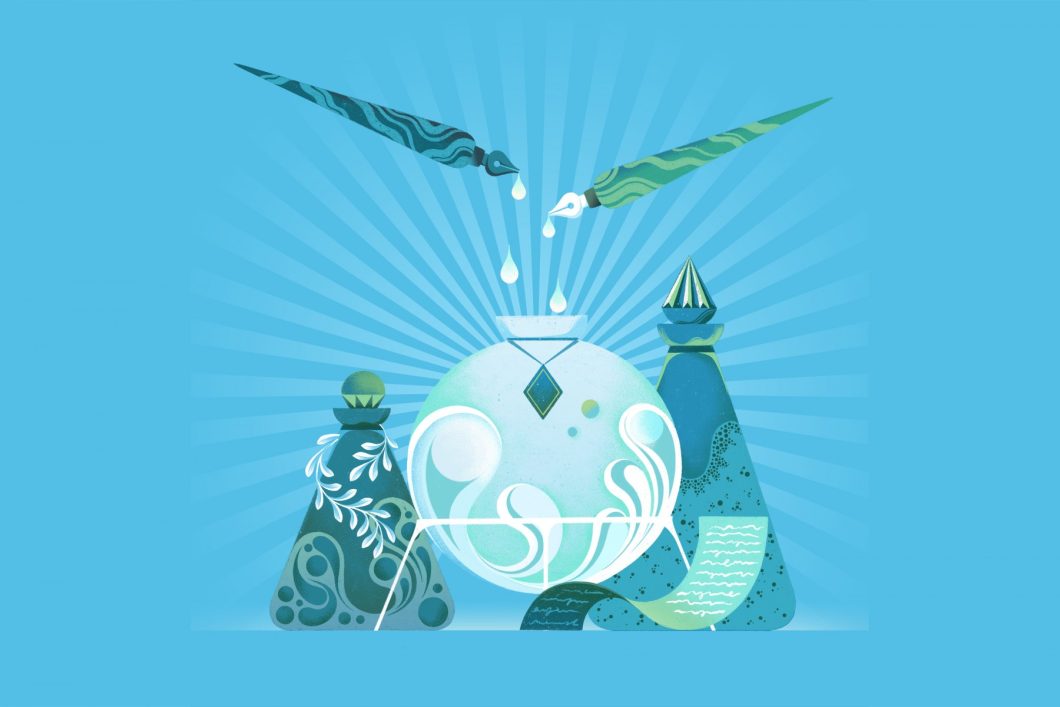 How to Pitch Science Stories That Sell
How to Pitch Science Stories That Sell
Ideas are a science journalist’s currency. And the pitch is the vehicle for those ideas. In this free course, you’ll learn the seven key components of a pitch, how much reporting you need to do up front, how to identify the right publication for your story and tailor your pitch accordingly, how to communicate with an editor, and what to do when a pitch gets rejected. To get the most out of this class, you should already have a story idea that you’re ready to pitch. (If you’re still working on that, you might consider starting with the course listed just above, “How to Find an Angle for Any Science Story.”) By the end of the course, you will have developed a solid pitch that’s ready to send to an editor. Students can expect to spend about 30-60 minutes per lesson on this eight-lesson course, including time spent doing the homework for each lesson.
"*" indicates required fields
How to Spot Scientific Hype and Misinformation
The scientific process is inherently messy, full of uncertainty, and subject to distortion and hype. This free course will teach you to recognize telltale signs of hype and distortion, spot the most common kinds of statistical trickery, assess the quality of scientific evidence, and recognize when sources have financial conflicts of interest. By the end of the course, you will have honed your scientific B.S. detector and discovered critical-thinking tools that will make you a savvier science journalist. Students can expect to spend about 30-60 minutes per lesson on this six-lesson course, including time spent doing the homework for each lesson.
"*" indicates required fields
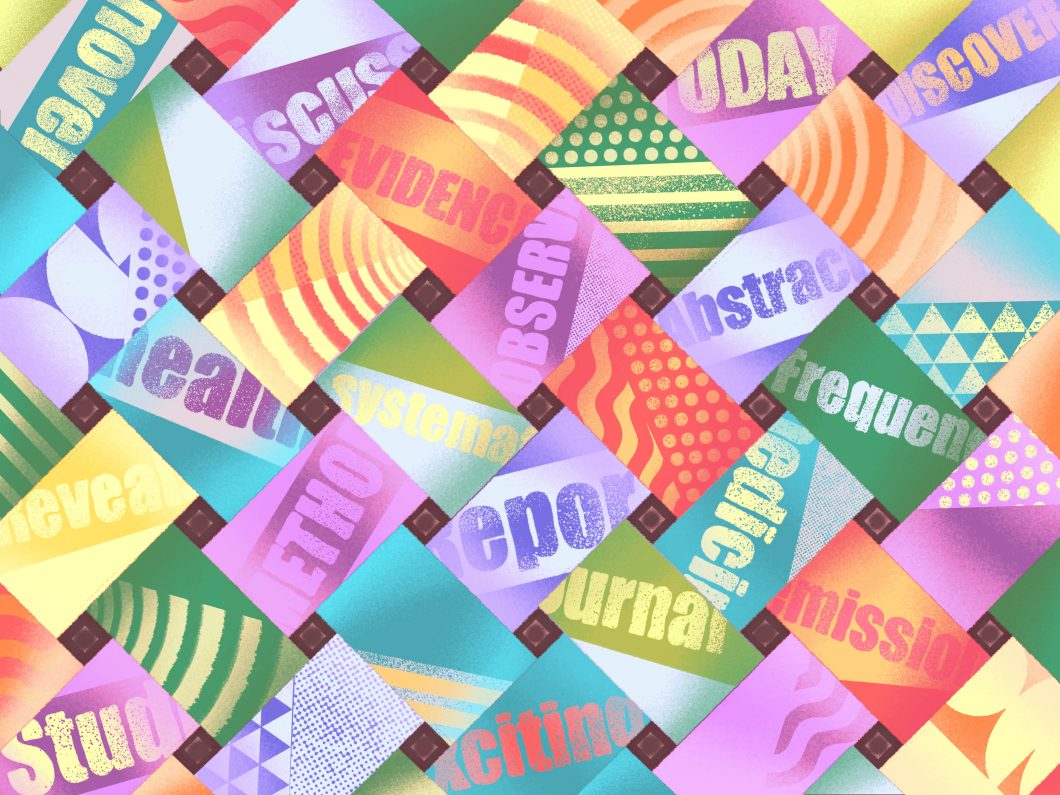 How to Ace the Study Story
How to Ace the Study Story
The ability to communicate research results is important in its own right and because the skills needed to produce study stories are a building block for more complex stories. This free course will teach you how to report and write study stories in a way that is accurate, entertaining, and appropriately skeptical. You’ll learn how to choose and vet studies, and how to prepare for and conduct interviews with scientists. By the end of the course, you will have discovered the six-part structure of a text-based study story. Students can expect to spend about 30-60 minutes per lesson on this seven-lesson course, including time spent doing the homework for each lesson.
"*" indicates required fields
 How to Center People in Science Stories
How to Center People in Science Stories
As science journalists we strive to accurately convey complex ideas, but the human element is equally important. This free course will teach you how to weave human enthusiasms, foibles and experiences into your science journalism. You’ll learn how to find and sensitively interview the experts who’ve studied the thing you’re covering and the people who’ve lived through it. You’ll get guidance on how to elevate the voices of people from marginalized groups. By the end of the course, you’ll know how to make character central to your stories. Students can expect to spend about 30-45 minutes per lesson on this six-lesson course, including time spent doing the homework for each lesson.
"*" indicates required fields
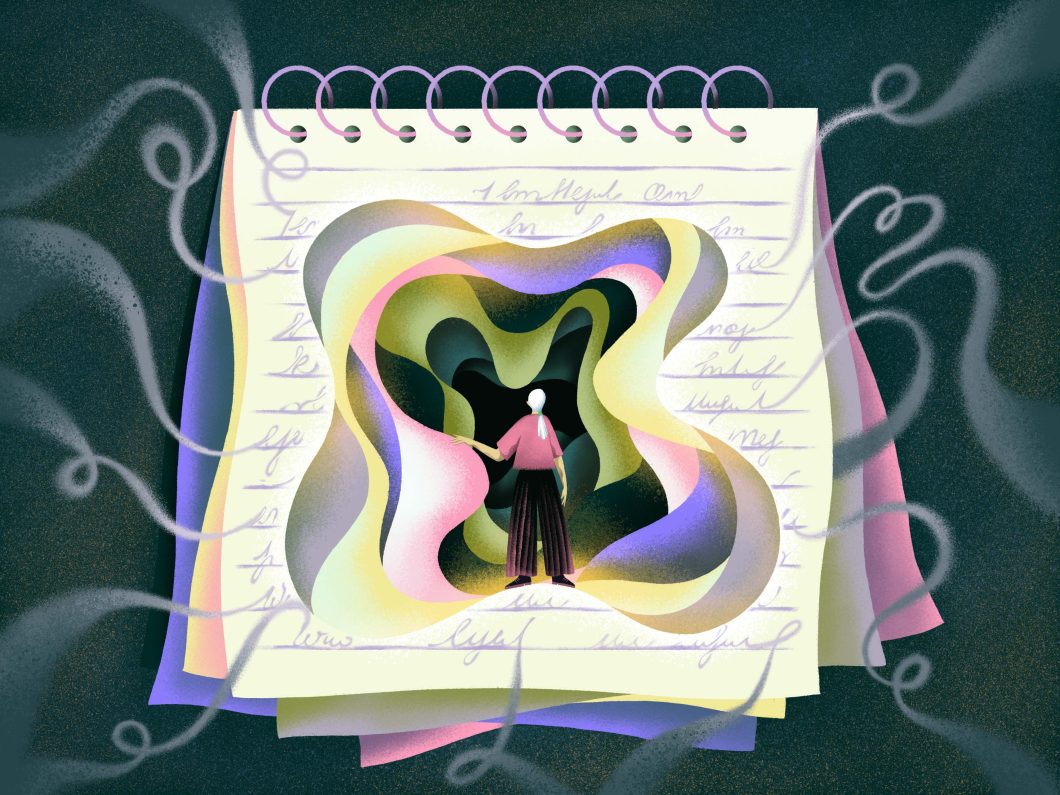 How to Own a Science Beat
How to Own a Science Beat
Science journalists tend to focus on specific topic areas, such as astronomy or health, and within those they often develop narrower specialties, such as exoplanets or health disparities. This free course will teach you to mine a “mini-beat” within science journalism. You’ll choose a subject to explore, then identify the range of publications, organizations and people with relevant knowledge who can provide you with context, commentary and story ideas. You’ll learn to cultivate trusted experts who will take your calls and texts on deadline. By the end of the course, you’ll have the beginnings of a “beat memo” full of potential sources for future stories. Students can expect to spend about 30-45 minutes per lesson on this six-lesson course, including time spent doing the homework for each lesson.
"*" indicates required fields
Science Journalism Master Classes course images by Marina Muun.

